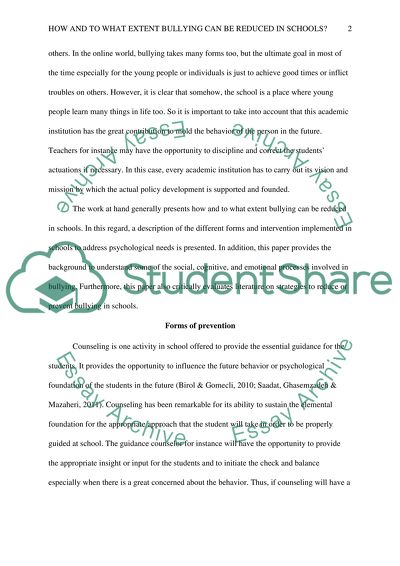Cite this document
(“Reducing bullying in schools Essay Example | Topics and Well Written Essays - 1250 words”, n.d.)
Retrieved from https://studentshare.org/psychology/1498919-reducing-bullying-in-schools
Retrieved from https://studentshare.org/psychology/1498919-reducing-bullying-in-schools
(Reducing Bullying in Schools Essay Example | Topics and Well Written Essays - 1250 Words)
https://studentshare.org/psychology/1498919-reducing-bullying-in-schools.
https://studentshare.org/psychology/1498919-reducing-bullying-in-schools.
“Reducing Bullying in Schools Essay Example | Topics and Well Written Essays - 1250 Words”, n.d. https://studentshare.org/psychology/1498919-reducing-bullying-in-schools.


